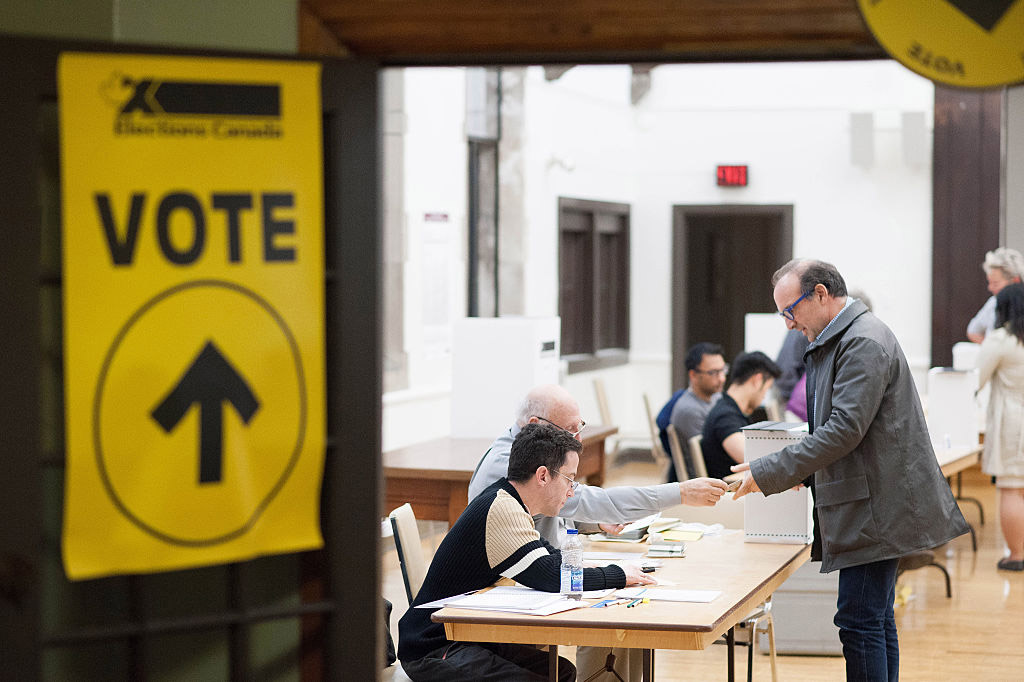With B.C. just nine months away from a referendum that could change the way we elect our politicians, one think tank says the public should get two votes on the issue.

The actual question to be put to voters in the upcoming electoral reform referendum remains a question mark.
READ MORE: B.C. unveils framework for electoral reform referendum
It’s expected that voters will be presented with the choice between the current first-past-the-post model (FPTP), and either one or several models of proportional representation.
WATCH: Poll finds most British Columbians support proportional representation

The NDP government has faced criticism over its handling of the vote, with the opposition BC Liberals accusing it of developing the question in secret and of setting the threshold to pass — 50 per cent-plus one — too low.
Now, the right-leaning Fraser Institute has waded into the debate, arguing the public should first be asked to vote on whether they actually wish to abandon the current system before they’re asked what they want to switch to.

Get daily National news
“The way New Zealand did it, and the way I think we should go, is that you have the first referendum which would ask, ‘Do you want to change,'” said Fraser Institute study author and University of Windsor political science professor Lydia Miljan.
- NDP to join Bloc in backing Liberals against non-confidence vote
- Quebec premier calls on Bloc Québécois to help topple Trudeau government
- Via Rail CEO calls 10-hour train delay ‘unacceptable,’ says new evacuation plan in place
- Ethics commissioner will not investigate Boissonnault over ‘Randy’ texts, says the matter is closed
“Then the second question has a list, so that British Columbians know what they’re voting for.”
In New Zealand’s 1993 referendum, the public voted first to abandon the FPTP model, and subsequently voted to adopt the Mixed Member Proportional (MMP) system which is also used in Germany.
Miljan argues that on a question as important as changing the way people exercise their franchise, the way the vote is conducted must be clear, fair and unbiased so as to ensure a meaningful and legitimate mandate for the outcome.
She argues to accomplish that, voters need to have the chance to simply say “yes” or “no.” In the second vote, proposed new models and ridings could be explained in detail, ensuring informed consent from the public.
WATCH: Electoral reform in the form of the first-past-the-post system

“Because they said that, the second question became valid which was, ‘Okay, if you want to change the system which would you prefer?'”
Miljan said the New Zealand example shows that a fair and well-crafted referendum can result in change to the system if people genuinely want it, and she argues it will lead to a more stable system that is less likely to be thrown out down the road.
Wednesday is British Columbians’ last day to provide public feedback on the design of the upcoming referendum.
The government has pledged to hold the vote, which will be conducted by mail-in ballot, by November 2018.












Comments